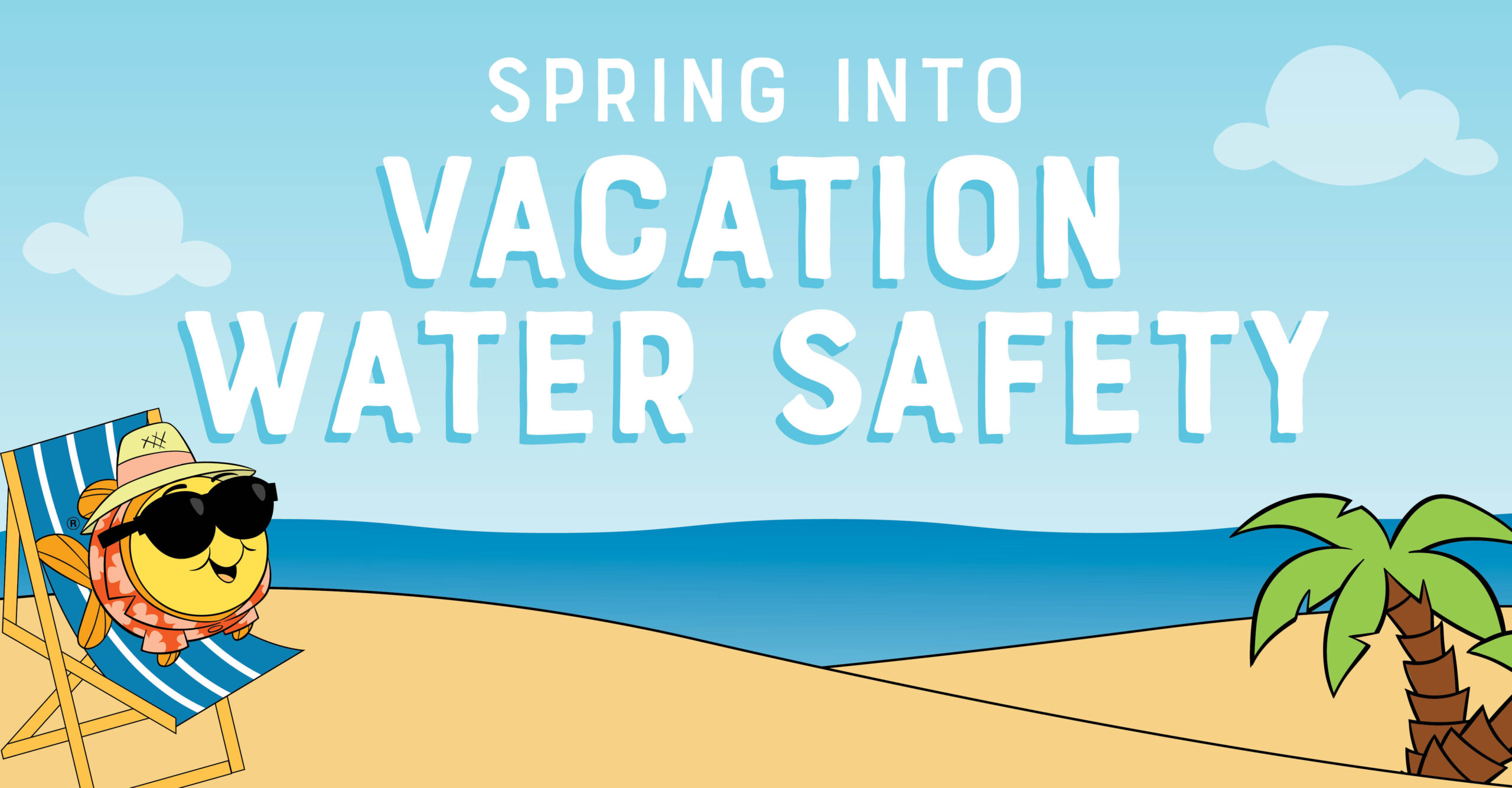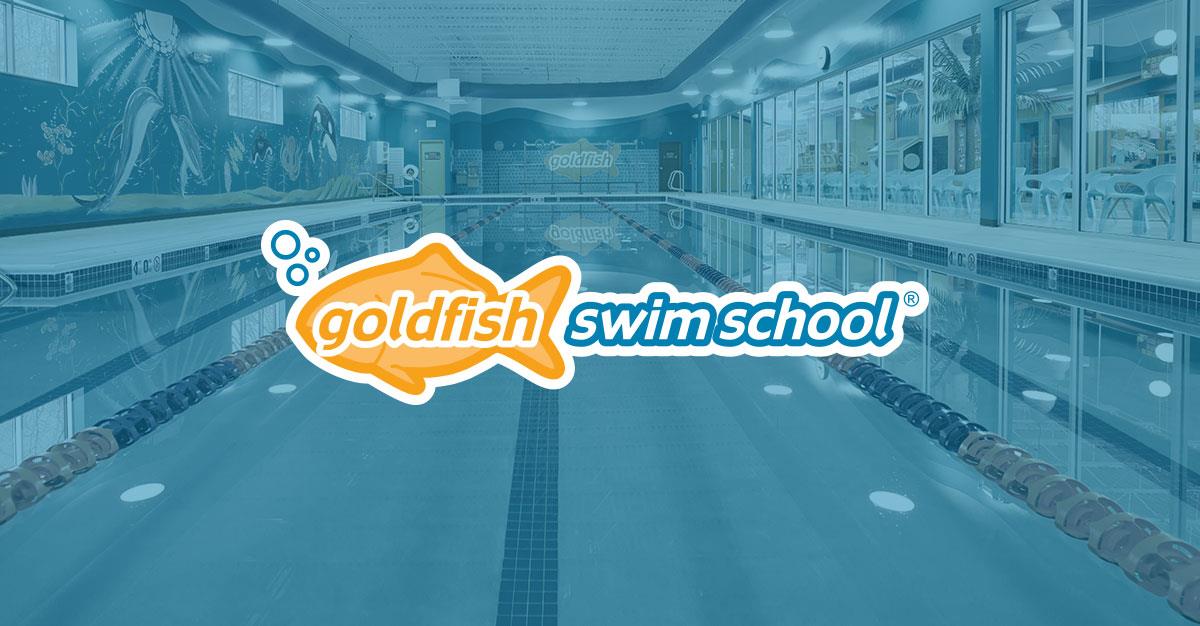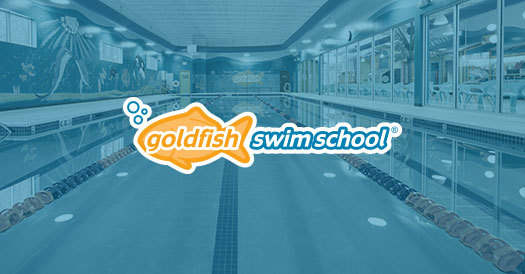It’s National School Success Month: How to help your child set and achieve goals in and out of the water!

Gooooooaaaaalllllsssss!
Whether your child has dreams of playing in the World Cup, becoming a paleontologist, making millions as a YouTuber or something else, chances are she has a goal and you’ve heard about it.
Goals are great and young children can set, and achieve goals, both big and small. Both in and out of the pool, we celebrate seeing our little swimmers set and achieve goals, and we know you love it too.
September is National School Success Month, so it’s a great time to take a look at how to help your child set and achieve their goals. Goal setting is important for many reasons: It can be a major motivator and also build confidence and self-esteem. And setting – and achieving – smaller goals along the way can set your child up for success with larger goals as he ages, leading to extraordinary results.
Long vs. Short-Term Goals
If your child, say, wants to be an Olympic swimmer one day, that’s great! It’s an exciting long-term goal. However, there are many great reasons to help her set short-term goals now to get her on the right path. For example, she could set a goal of holding her breath for a certain number of seconds, or placing in a swim meet. The point is, if your child has a lofty, long-term goal, you can help him set smaller, manageable goals that support the dream now, so he gets practice and confidence.
Setting and achieving goals also will help her learn to cope with the little roadblocks that can sometimes come up. Failure and setbacks can sometimes seem like the end of the world, but as a parent, you can teach your child that by overcoming obstacles, new goals can be created and met, ensuring a golden experience.
Guiding – Not Pushing
As the parent, you will need to sometimes tread lightly when it comes to your child’s short and long-term goals. One of the things that causes burnout for kids in many activities – not just athletics – is that parents push too hard.
However, you have to find the balance in pushing too hard and encouraging your child when he wants to throw in the towel. Teaching healthy boundaries and how to honor one’s feelings and limits is a useful skill, and that’s why we like taking breaks when necessary. If you are fearing burnout in your child, take a break.
You can always go back to the goal later.
Reasonable Goals
There is always a chance your child will set an unattainable goal. How do you, as a parent, handle that? It can be tricky. No one wants to squash their child’s dreams, but sometimes you can tell that your small-stature child likely won’t play in the NBA, right?
Talk about it! Help your child list his strengths and weaknesses, choosing goals that are reasonable, and yet will require work and perseverance to achieve.
And be specific! A goal of “I want to be the best swimmer at Goldfish” might not be attainable, because we don’t view our students that way. However, a goal of “I want to master the backstroke by December” could be attainable.
Our instructors use integrity, compassion and trust to help all of our swimmers set and achieve their goals.
Accountability
One of the hardest things to do when we set goals is to be accountable for the work that is necessary to achieve them. To that end, as parents, we need to check in with our children and keep them accountable for the small steps along the way to achieving success.
Older kids can keep a journal or make a goal board, clipping inspiration and ideas from magazines or the Internet.
And set a time to review progress with your child, offering help if needed or wanted. A weekly or monthly check-in can be helpful.
Goldfish Swim School
At Goldfish Swim School, we love seeing our swimmers set and achieve their goals – in and out of the pool. Our regular progress reports – and check-ins after each and every lesson – are a part of our WOW! customer service, and help you keep tabs on what your swimmer is doing and how she’s progressing.
We have locations all over the U.S. if you are ready to take the plunge!



